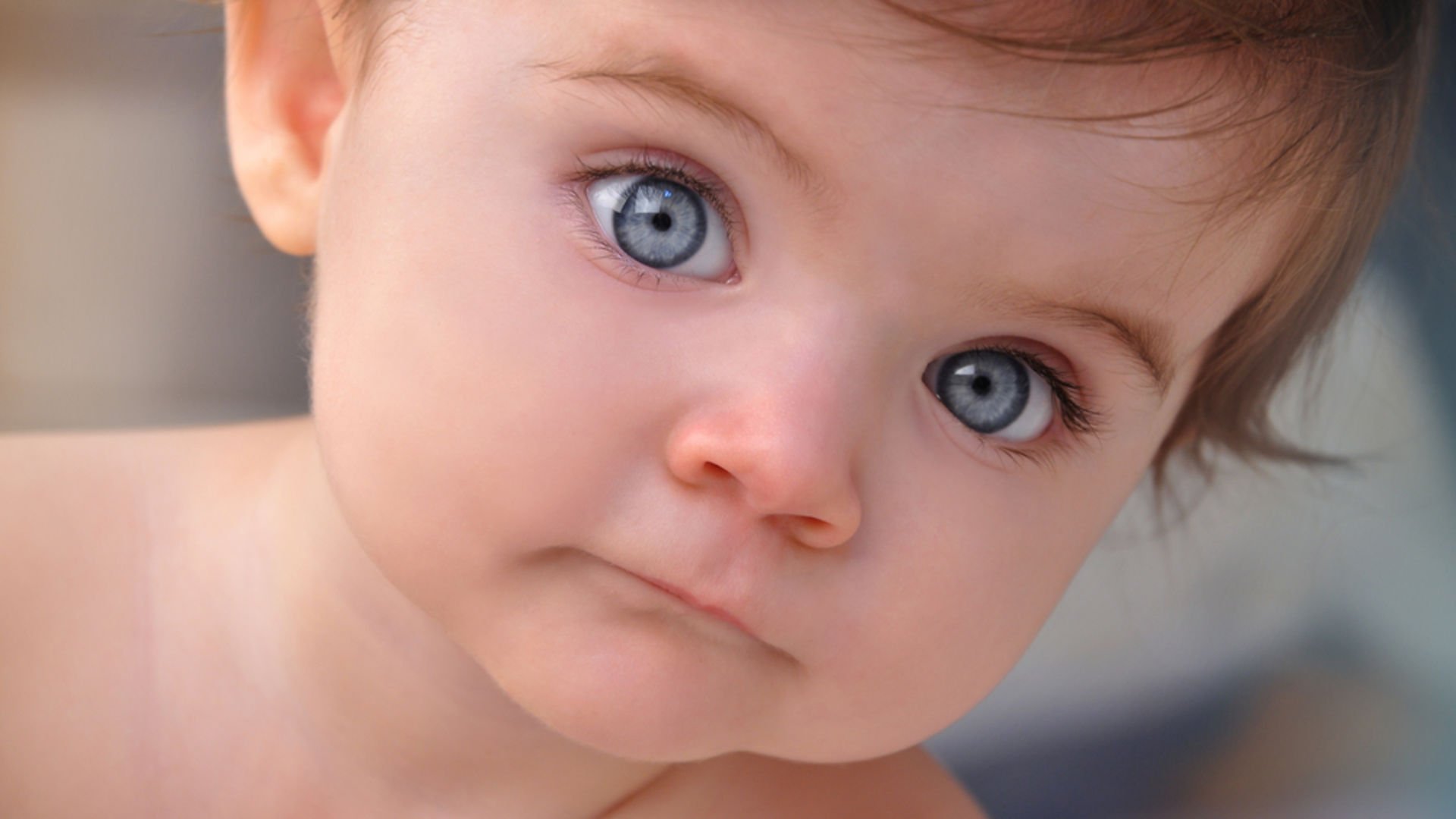Eye health plays a vital role in the early stages of life. Eye diseases that occur in the first months after birth can lead to permanent vision loss if not diagnosed and treated in time.
Congenital glaucoma is a serious eye condition characterized by abnormally high intraocular pressure (IOP) present at birth or developing within the first year of life. This pressure can damage the optic nerve, resulting in permanent vision loss in infants.
Congenital glaucoma is one of the leading causes of childhood vision loss. However, with early diagnosis and timely treatment, optic nerve damage can be minimized and visual function preserved. In this article, we will examine the symptoms, causes, diagnostic methods, and treatment options of congenital glaucoma in detail.
What Are the Symptoms of Congenital Glaucoma?
It can be difficult to detect congenital glaucoma in infants at an early stage. However, certain symptoms can be observed with careful attention:
-
Extreme sensitivity to light (photophobia)
-
Excessive tearing (epiphora)
-
Enlarged appearance of the eyeball (buphthalmos)
-
Cloudiness or haze in the eye
-
Eye redness and irritability
-
Poor visual tracking
These symptoms may appear during the first months of life. It is essential for parents to observe their baby's eye responses and consult an ophthalmologist if they notice any of these signs.
What Causes Congenital Glaucoma?
Congenital glaucoma usually occurs due to insufficient drainage of the intraocular fluid. This can be linked to genetic, developmental, or rare syndromic factors. The causes can be summarized as follows:
-
Primary congenital glaucoma: Maldevelopment of the eye's drainage system
-
Secondary glaucoma: Can occur due to other congenital eye anomalies (e.g., aniridia, Peter’s anomaly)
-
Genetic factors: The risk increases if there is a family history of similar conditions
-
Metabolic or systemic syndromes: May be associated with rare diseases
Even if the exact cause is not always known, identifying the underlying reason is important for guiding the treatment process.
How Is Congenital Glaucoma Diagnosed?
Diagnosis of congenital glaucoma is made through a detailed eye examination by a pediatric ophthalmologist. In many cases, the tests are performed under general anesthesia. The main diagnostic methods include:
-
Intraocular pressure measurement (tonometry)
-
Examination of the anterior structures of the eye
-
Measurement of corneal diameter and clarity
-
Evaluation of the optic nerve (fundus examination)
-
Ultrasonography (to assess internal eye structures)
Early diagnosis is vital to protect the optic nerve. Therefore, routine eye examinations in the first months of life play a key role.
How Is Congenital Glaucoma Treated?
The goal of treatment is to reduce intraocular pressure and protect the optic nerve. Treatment is usually surgical, though medication may be used temporarily in some cases.
Surgical Intervention:
-
Goniotomy or trabeculotomy: Most common procedures to increase fluid outflow
-
Trabeculectomy or tube implants: Used in more complex cases
-
Surgery should be performed as soon as the diagnosis is made
Medical Treatment:
-
Eye drops can be used to temporarily lower IOP
-
May be used before surgery or as supportive therapy afterward
Regular Follow-Up and Rehabilitation:
-
Regular monitoring of IOP, corneal condition, and optic nerve health
-
Treatment for strabismus or amblyopia if necessary
-
Glasses or contact lenses may be recommended
Long-Term Effects of Congenital Glaucoma
With successful surgery and consistent follow-up, many children can achieve normal or near-normal vision. However, delayed treatment can lead to:
-
Permanent vision loss
-
Optic nerve damage
-
Strabismus
-
Amblyopia (lazy eye)
-
Psychosocial impacts
Thus, congenital glaucoma requires not only surgical treatment but also long-term eye care and monitoring.
Early Intervention Is Critical
Congenital glaucoma is a serious condition that must be detected and treated from birth. Early diagnosis allows for control of intraocular pressure and preservation of vision. Parents should monitor their baby’s eye health closely and seek medical attention immediately if any suspicious signs appear.









